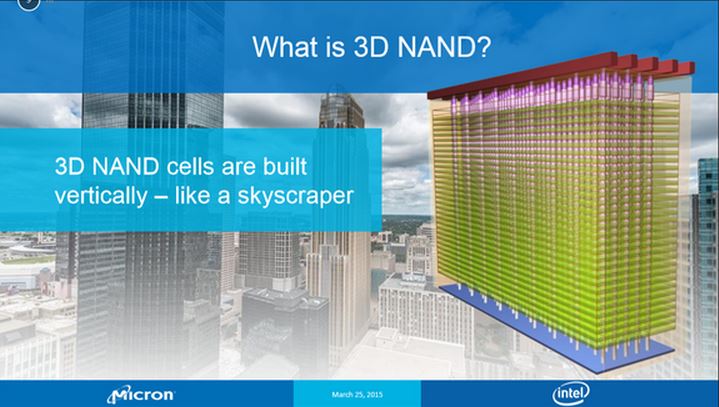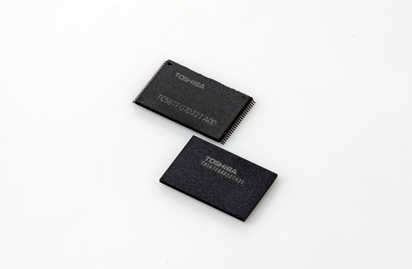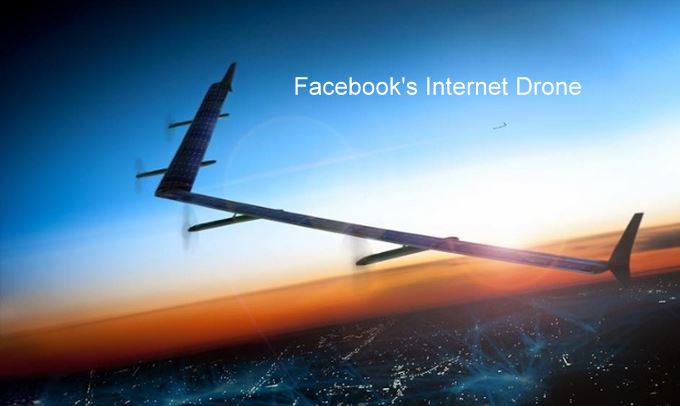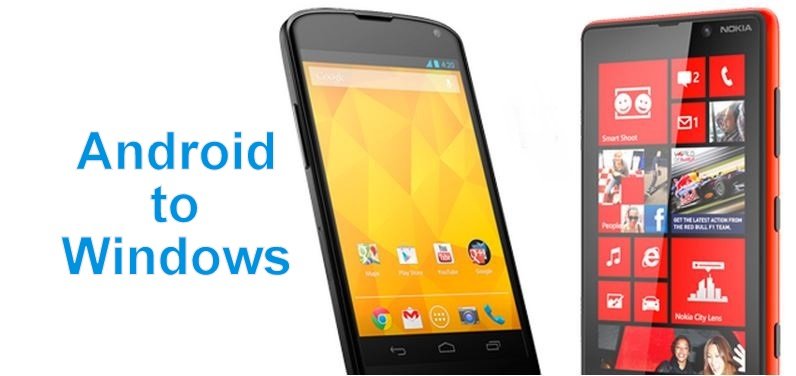Nvidia’s Titan range of graphics cards have always been more about psychology than practical gaming. They’re top-of-the-line GPUs designed to be objects of desire, not something every PC gamer is necessarily going to be in a rush to order. The Titan X is another ‘ultra-enthusiast’ GPU, with a crazy-high, $999 price tag and an Nvidia assertion that it’s “an extremely high-end graphics card that probably won't appeal to those who are price conscious.” The psychology is in creating something that practically all gamers will want, but few can afford.
And those that can’t? Well, they’ll just look a little further down the product stack and choose a card with essentially the same DNA.
With the GTX Titan X, Nvidia is not messing around with that DNA, and it's not waiting for AMD to get around to finally releasing their competing range of new GPUs either. Nvidia has unleashed the full power of the Maxwell GPU architecture in this latest Titan. Rocking a brand new GPU, the GM 200, the GTX Titan X is the pinnacle of their latest graphics tech. But Nvidia is also heralding the GTX Titan X as the ultimate PC gamer’s graphics card—one that will blaze through today’s games at top 4K settings and still be capable of doing so a couple of years down the line.
Does it succeed? Well, the Titan X is indisputably the new single-GPU champion, but even this $999 extreme Titan can't quite handle 4K, 60 fps gaming on ultra settings by its lonesome.
The core of it all
There’s no messing around with the latest Maxwell core. Right off the bat Nvidia is delivering the complete GM 200 chip. There are no SMMs left in the factory, no CUDA cores shut down to boost yields and no shenanigans on the memory side. We’re promised it’s a full 12GB graphics card, not a 10+2GB one.
And there’s no reason why it shouldn’t be. The Maxwell architecture is a mature one, having started life in the GTX 750 Ti, back when the Titan Black was being unveiled, and so is the 28nm production process the chips are being manufactured with. That means yields out of the factories should be excellent, and means Nvidia ought to be able to produce as many of these full GM 200 cores as they like.
Inside that matte black aluminium shell is a GPU with a full eight billion transistors. That’s almost three billion more than the GTX 980, nearly two billion more than the Hawaii XTcore at the top of AMD’s current tech tree and around a billion more than the original Kepler-based Titans.
Because it’s still running on the same production process as the previous Kepler generation that does mean its also a bigger slice of silicon too. The chunky GK110 GPU ran to around 561mm2 while the GM 200 is some 601mm2.
It’s hands-down the biggest gaming GPU around, in many different ways.
GeForce GTX Titan X bare
Inside that chunky chip are 24 streaming microprocessors (SMM) in six graphics processing clusters (GPC). With the Maxwell design running to 128 CUDA cores in each SMM that makes for a grand total of 3,072 cores in the GTX Titan X. Completing the core configuration are 192 texture units and 96 ROPS.
That’s a whole heap of graphics processing power right there.
Nvidia have also doubled the size of the frame buffer compared to the previous Titancards, maxing out at 12GB GDDR5 memory, running across six 64-bit memory buses to deliver an aggregated 384-bit total memory bus.
That memory capacity might well look a little bit like big numbers for the sake of it, but we thought it would be a long time before the original Titan’s 6GB frame buffer was anywhere near fully utilised. Yet right now Shadow of Mordor is filling up around 5.7GB with the HD texture pack at Ultra 4K settings; we may only be a couple of years away from 12GB actually getting used. Right now, 12GB is more future-proofing than anything else.
What’s designed for the here and now is the speed at which the GM 200 is running inside the GTX Titan X. While the first Titan’s GK 110 GPU was clocked significantly lower than the GTX 680’s GK 104 chip, the GM 200 is coming out of the blocks with a 1GHz clockspeed. And, because we’re talking efficient Maxwell silicon here, this thing boosts way past that.
The somewhat conservative Nvidia estimate has it boosting to around 1,075MHz on average, but in my testing Bioshock Infinite’s inefficient engine was the only thing to bring it down to that level. Pretty much every other game in my testing suite was hovering around the 1,164MHz mark.
What does that all mean in terms of performance? Is the GTX Titan X the fastest graphics card on the planet?
Well, no.
It’s the fastest single GPU on the planet, but history always has a way of repeating itself and there is a faster card out there, one packing a pair of GPUs onto a single slice of PCB. Just like when the first GTX Titan was unleashed.
A Titan history lesson
Back in 2013, the first Titan followed Nvidia’s dual-GPU GTX 690, a card packing in two GK 104 GPUs and offering serious gaming frame rates. The inaugural Titan wasn’t quite able to deliver the same level of performance, but it wasn’t far off, packed in more video memory and was capable of running with less power all on a single graphics processor. That meant it wasn’t the fastest overall card, but made it a much smarter choice for us gamers because it meant you weren’t suffering at the vagaries of multi-GPU gaming.
And it’s almost an identical situation today with the GTX Titan X. Except the competing card doesn’t come from within Nvidia’s own stables, it’s AMD’s Radeon R9 295X2. At 4K settings the Radeon card really does have the edge when it comes to average framerates. Its pair of Hawaii GPUs and twin 4GB frame buffers means it can push past the GTX Titan X in most of our gaming benchmarks. It was the first card to really make a case for running games at max 4K settings on a single graphics card, and by those metrics it looks like the GTX Titan X can’t compete.
But average framerates are not the only metrics by which GPUs should be measured. The difference between the minimum and average framerates can be just as important in showing just how smooth an experience you’re going to get, and often the Nvidia GPU can boast significantly higher scores.
Battlefield 4 is a prime example. At 4K Ultra the Radeon R9 295X2 is running with an average FPS of 60 while the GTX Titan X is sitting at around 48FPS. The difference in the minimum frame rate, however, is considerable, with the AMD card down at 13FPS and the Nvidia at a much smoother 31FPS.
That’s also not taking into account the impact running a multi-GPU setup has on your gaming experience. In GPU intensive games like Shadow of Mordor the dual-GPU Radeon can suffer from quite severe frame time stuttering, while the GTX Titan X and its single GPU have showed no such issues in my testing.
Micro-stutter has long been the bane of both SLI and CrossFire gaming rigs, as has the somewhat lackadaisical approach some game developers have towards implementing multi-GPU compatibility in their games. Rome 2 and Company of Heroes 2 have been recent examples of long-winded problems, but there are also often day one problems with multi-GPU systems not getting decent experiences with the latest games



 .
. He told Fortune magazine that he would fund his 10-year-old nephew's education then give his wealth to charity.
He told Fortune magazine that he would fund his 10-year-old nephew's education then give his wealth to charity.







 .
.
